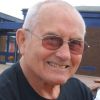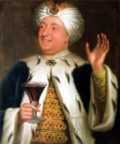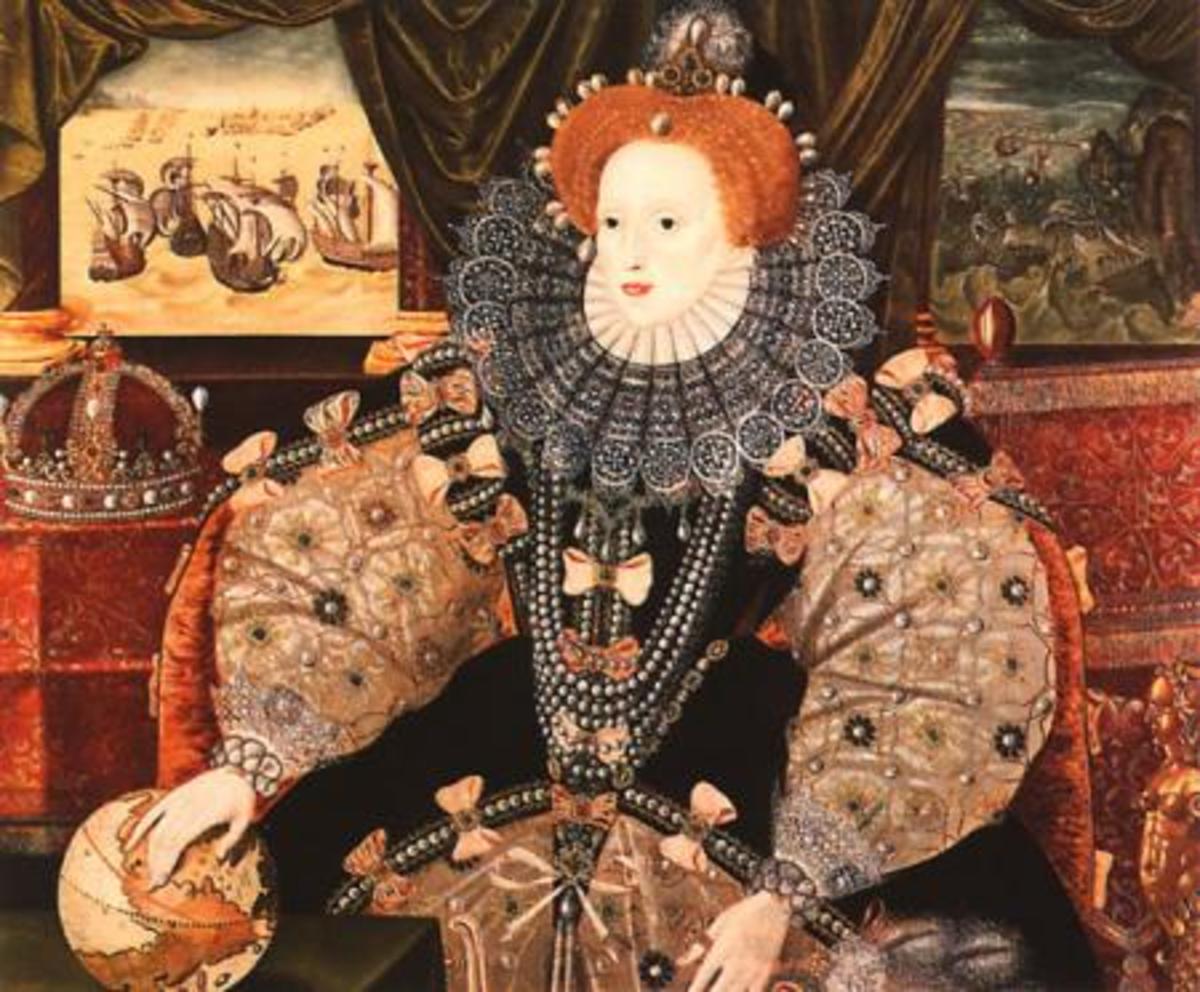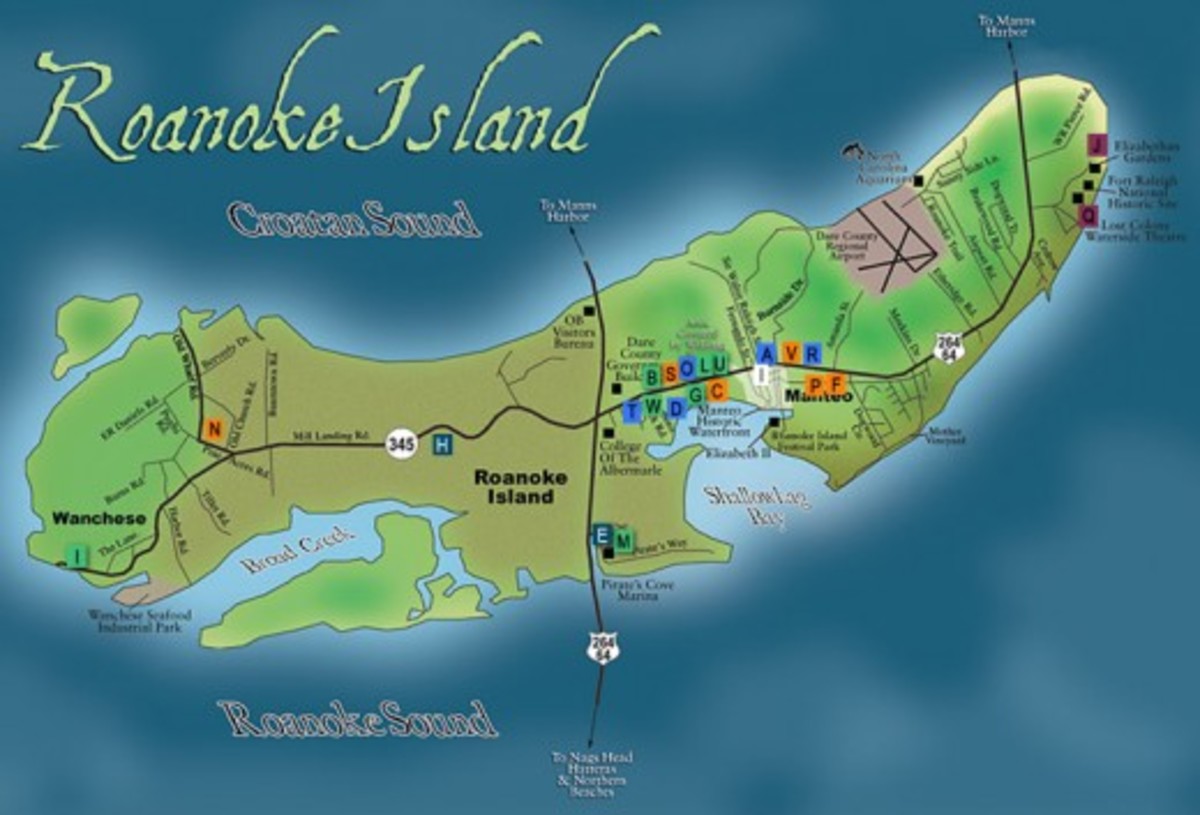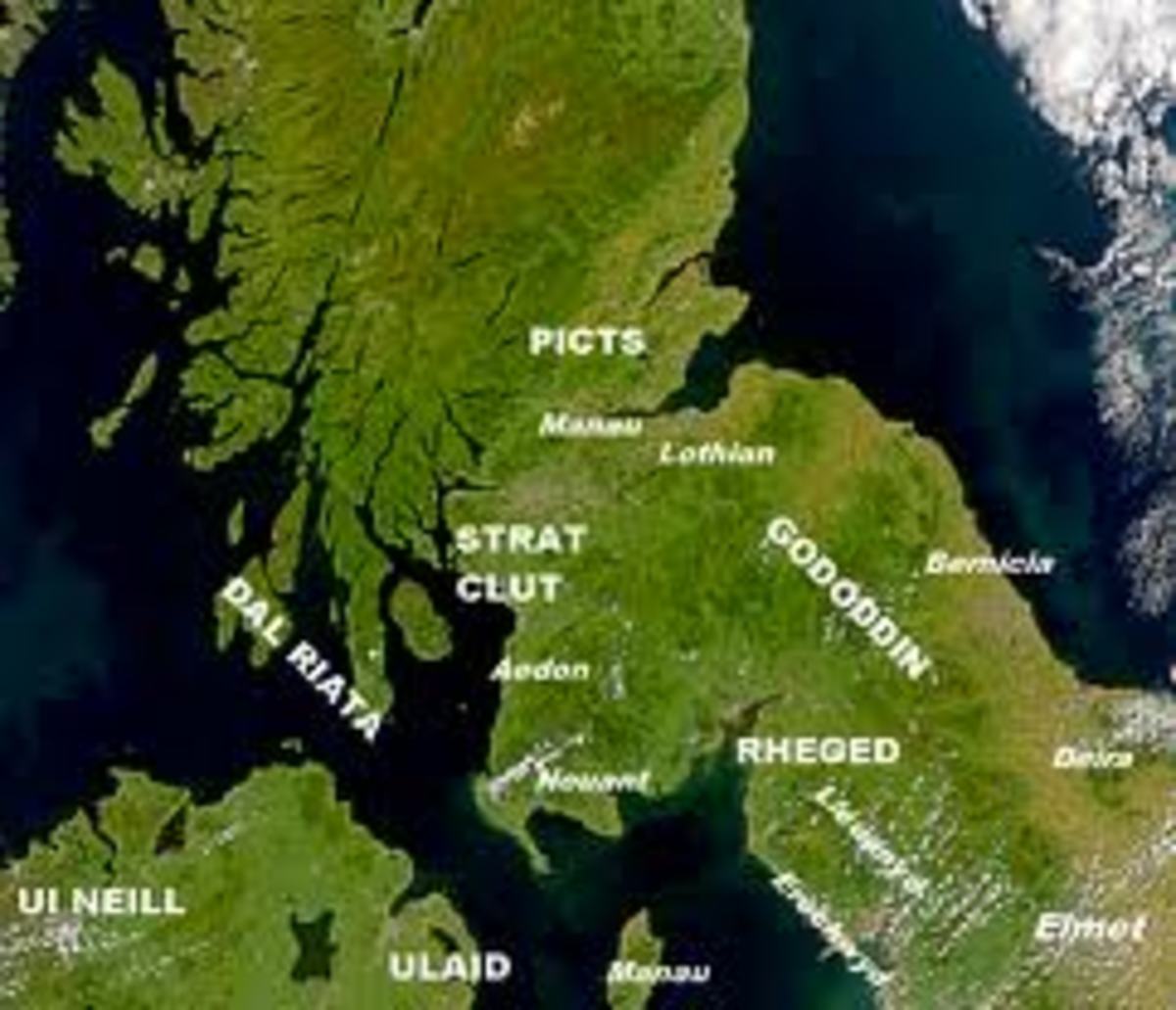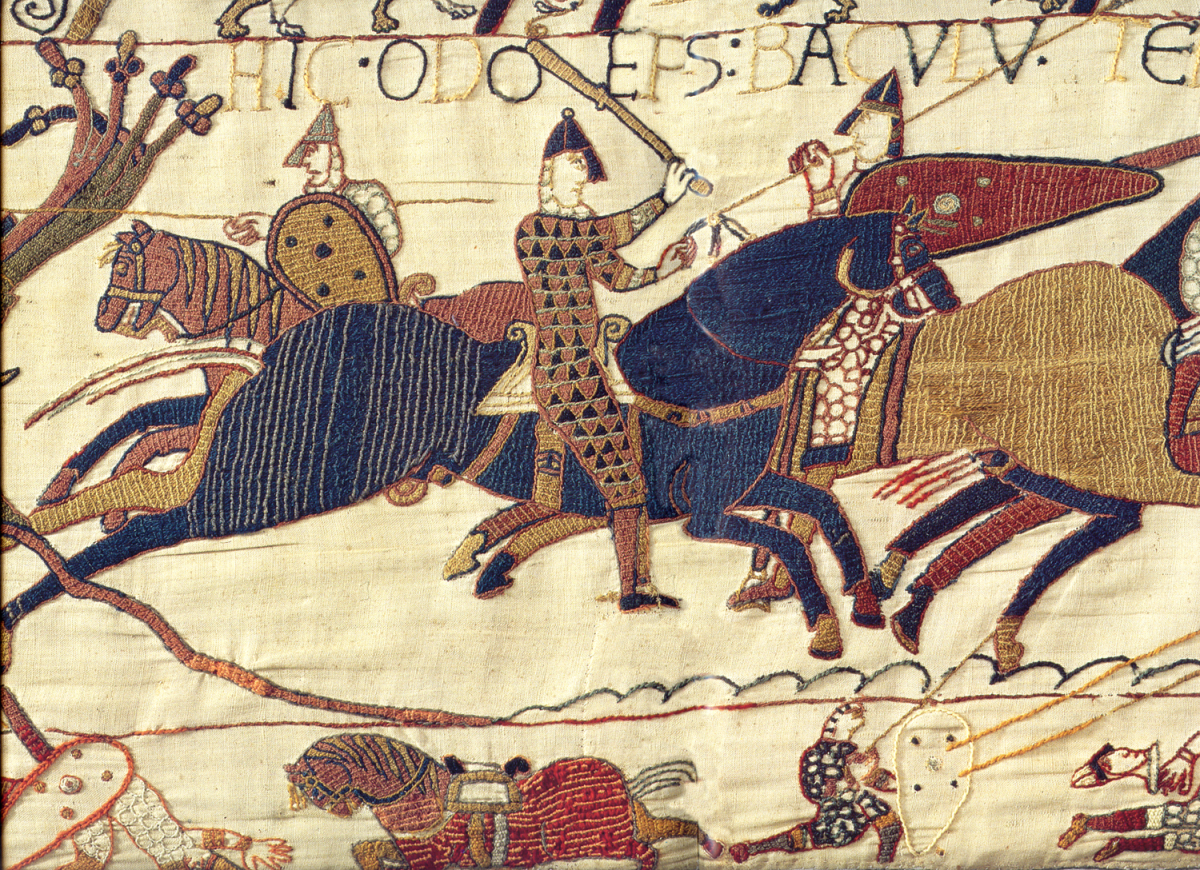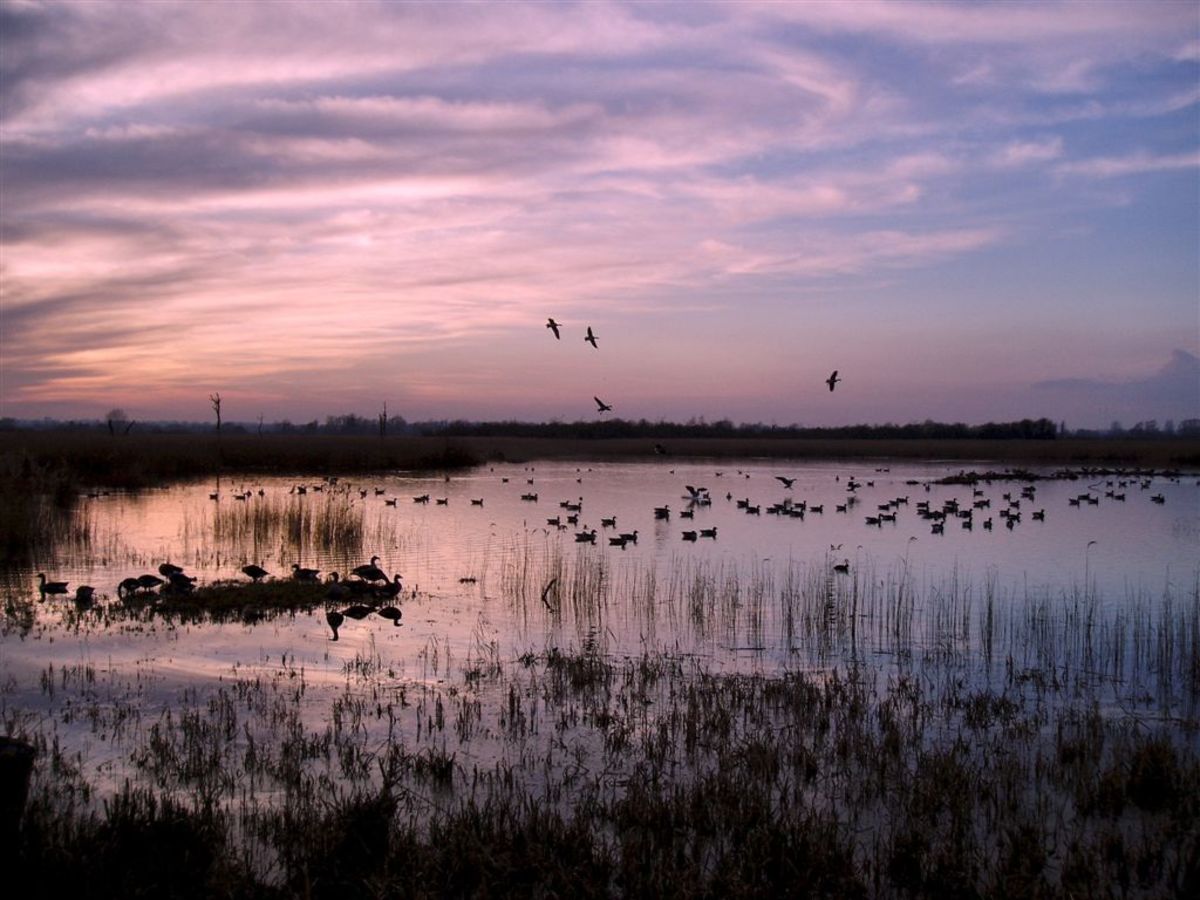- HubPages»
- Education and Science»
- History & Archaeology»
- History of Europe
Sir Francis Drake
Sir Francis Drake
Sir Francis Drake, sailor,navigator, explorer and the scourge of the Spanish, made his fortune by sacking Spanish cities and plundering their treasure ships. His many expeditions to the Carribbean and the Americas brought riches both to his backers and to Queen Elizabeth 1st. She knighted him after he circumnavigated the globe, being the first explorer to do so.
Early Days
Francis Drake was born in February of 1540 at Tavistock in Devon He was the eldest of the twelve sons of Edmund Drake a farmer, later a preacher and his wife Mary.
Francis Drake married Mary Newman in 1569 and the couple were happy, although childless for twelve years when Mary unfortunately died. His second wife, Elizabeth Sydenham was 22 years his junior, the only child of Sir George Sydenham, Sheriff of Somerset.
When Francis was nine years old his family were forced to flee to Kent, as a rebellion had sprung up in the West country in opposition to the new prayer book that was forced on the population. It was printed in English and the people hated the new prayer book, and, as theirs was in Latin, they looked upon it as an attack on the church.
The government of the very young new King, Edward 6th son of Henry 8th, introduced a range of legislative measures to extend the reformation of the Church of England, its theology and practices into more Protestant lines. The new bible was a part of this change.
This led to an explosion of anger in Devon and Cornwall, initiating the uprising. In response, the Duke of Somerset was sent with an army composed partly of mercenaries from Germany and Italy, to suppress the revolt. Thousands of peasants were killed before the rebellion was over.
Books from Amazon
Expeditions
When he was thirteen, Drake started his sea career by becoming an apprentice member of the crew of a barque, trading between the River Thames and the cross-Channel ports. At twenty he became owner-master of the ship after the death of its captain, who bequeathed it to him. At age twenty-three, Drake and his cousin Sir John Hawkins, whose family were shipowners, got together a fleet of ships to sail to the New World in search of riches. Their first port of call was in West Africa where they loaded 500 slaves onto their ships and sailed for the Caribbean. They returned as wealthy men.
In 1568 they undertook another voyage to the West Indies but this time their fleet was increased by two ships that Queen Elizabeth supplied. The fleet were trapped by the Spaniards in the Mexican port of San Juan de Lua, and although the English fought their way out, all but two of their vessels were sunk. Drake escaped along with Hawkins, but the treachery he experience at the hands of the Spanish, was to lead to a lifelong vow of revenge against them. On returning to England, they moved the government to demand redress but they failed in this so decided to recoup themselves by conducting raids against Spanish commerce. Drake made three successive voyages to the West Indies after this, and, on the third of these, took the town of Nombre de Dios on the Atlantic Coast, which was the gold and silver depository from the mines on the Pacific coast. Some of the booty had to be abandoned when Drake was wounded in the attack, but a lot was gained and brought home. On this voyage Drake had his first sighting of the Pacific Ocean and he vowed to sail an English ship on it. He hoped to explore possibilities of trade and colonial settlement in the Pacific Ocean and to find the western outlet of the Northwest Passage. People were convinced that an undiscovered continent lay in the Pacific.
In 1577, Queen Elizabeth 1st chose him to lead a secret expedition to the Pacific coast of North America.
The fleet sailed on December 13, 1577. He and more than 160 men sailed from Plymouth on five ships, including Drake's flagship, the Golden Hind.
They left the Cape Verde Islands, off Africa and the expedition met two Portuguese ships. He captured one of the vessels and it joined the fleet under the command of Thomas Doughty. The ships then sailed south down the coast of South America where they ran into violent storms. They sheltered at San Julian. When the storms had abated and before leaving San Julian, Drake destroyed the ships that were in very bad condition which included the Portuguese ship.
The remaining three ships sailed through the Straits of Magellan. Soon after that, some more violent storms wrecked the Marigold and blew the Elizabeth off course forcing it to return to England. The storms also blew the Golden Hind, Drake's ship, way to the south. When the storm subsided, Drake headed north along the Pacific coast of South America. He captured a Spanish ship the Cacafuego and stole its cargo of gold, silver, and jewels.
Loaded with treasure, the Golden Hind sailed north along the Pacific coast of North America. As his ship needed repairs, Drake turned south and put in to what is now called San Fransico. He named the new area New Albion and claimed the land for England. Once the repairs were completed he decided to return to England by crossing the Pacific and Indian oceans. After crossing the Indian ocean he sailed around the Cape of Good Hope. Drake reached Plymouth on September 26, 1580. He had been out at sea for almost three years and the voyage made him a national hero as he was the first man to circumnavigate the globe. Seven months later, Queen Elizabeth knighted him aboard the Golden Hind.
His next expedition to the West Indies and the coast of Florida was in 1585. He sacked and plundered Spanish cities and on his return voyage, he picked up the unsuccessful colonists of Roanoke Island off the coast of the Carolinas, which was the first English colony in the New World. In 1587, war with Spain was imminent and Drake sacked the port of Cadiz and sank or blew up 30 of the ships that the Spanish were assembling to wage war against the British. In 1588, he was a vice admiral in the fleet that defeated the Spanish Armada. Drake's last expedition, with John Hawkins, was to the West Indies. The Spanish were prepared for him this time, and the venture was a disaster. Drake died on 28 January 1596 of dysentery off the coast of Puerto Rico. Hawkins died at the same time, and their bodies were buried at sea.
Beat the Spanish Armada
More on Drake
- The Sir Francis Drake Hoax
Sir Francis Drake was an English Explorer that was the first Englishman to navigate around the world. He was known as Queen Elizabeths Pirate and in recognition of the riches and fame he brought to England...
